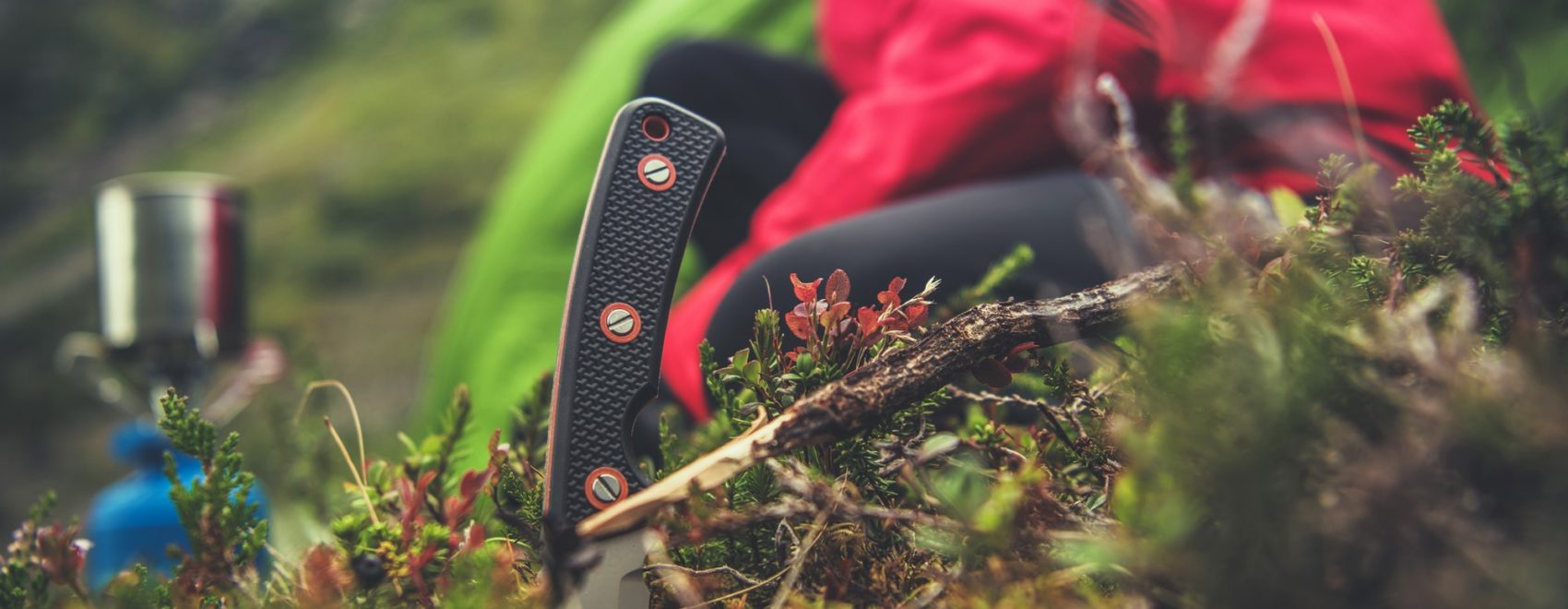What to Look for in a Survival Knife: Quick Study Sheet
Knife Brand – Ultimately, the reputation, policies and specifications of a brand (knife manufacturer) are the only things short of your own field-use that indicate the quality of a survival knife.
Knife Type – Fixed or folding blade. Almost all survival knives are fixed-blade, compared to pocket knives, which are all folding-blade. The single piece of metal for the fixed blade is the strongest knife format.
Weight – The weight of a knife is relative to its use and to how it feels in the hand. Survival knives tend to be ‘heavy’ simply because they are generally bigger and there is more steel, but they still usually weigh less than 8 ounces (1/2 lbs).
Overall Length – The main consideration in overall length is how the knife will be carried. Knives over 12” in length may be difficult to wear from the belt or hip. Survival knives, almost by definition, need to be instantly accessible, which means they are worn on the outside and not stored in bags or pockets.
Blade Length – Most survival knife blades are between 4” and 10” in length. Shorter blades are easier to use for small work such as whittling, longer blades are better for chopping and wood splitting. While there is no ‘ideal blade size,’ most experts recommend blades around 5 to 7 inches.
Blade Thickness – While not the only factor in blade strength, the thickness of a survival knife blade, usually around ¼ inch (0.25”), is perhaps the most visible factor.
Blade Shape – General blade shapes are determined within the vicinity of the point. The four most common shapes are: Drop (convex curved from point down along the edge), clip (metal removed from the spine toward the point), spear (equal curves from point to edge and spine), and tanto (one or more straight-edged facets to the point). The drop shape is most common for survival knives.
Blade Steel – The steel industry uses a large number of identification codes for steel types, only some of these apply to knife steel. Knife specialists know these codes but they’re not vital for selection of a knife, although it’s useful to distinguish between carbon steel and stainless steel codes.
Blade Finish – Mirror and polished finishes are common for higher end stainless steel knives, satin finish is the most common for all types of knives, and stonewashed or pebble blast produce scratch hiding rough surfaces.
Blade Hardness – All reputable knife blades have a rated hardness measured by the Rockwell scale (C-scale): High hardness (60-65 HRC); Medium hardness (58-60 HRC); Low hardness (52-58 HRC). In general, low hardness has greater strength but a less sharp edge; high hardness can take razor sharp edges but may be brittle and can break. Most survival knives tend to the medium hardness, often the low end.
Edge Type – There are three types: straight, serrated (saw tooth), and partially serrated. Some manufacturers use ‘edge type’ to mean the grind type of the edge,
Handle Material – There are literally dozens of knife handle materials, from leather to no covering at all (bare tang). The goal for all of them is a stable, no-slip, comfortable gripping surface for the hand. Handle Color
Sheath Attachment Type – Knifes and their sheath can be hung on many places of the body – belt, hip, thigh, chest, shoulder, back. Most survival knives come with a belt loop attachment type.
Sheath Closure Type – This is an important detail, since losing a knife by having it fall out of the sheath is…unacceptable. There are three main closure types: Snap, Velcro and strap.
Sheath Material – There are many kinds of sheath materials, both synthetic and natural with leather perhaps the most popular and some synthetics more durable and weather resistant.
Lanyard Hole – The hole drilled at the butt end of a knife to attach a lanyard (cord). Useful where dropping the knife might lose it permanently (over water, on mountain cliffs).
Tutorial Sections
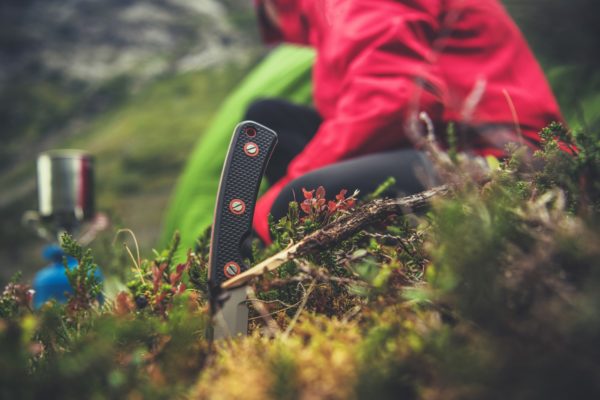
Read More
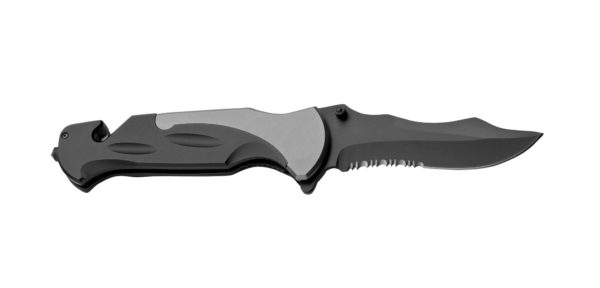
Read More
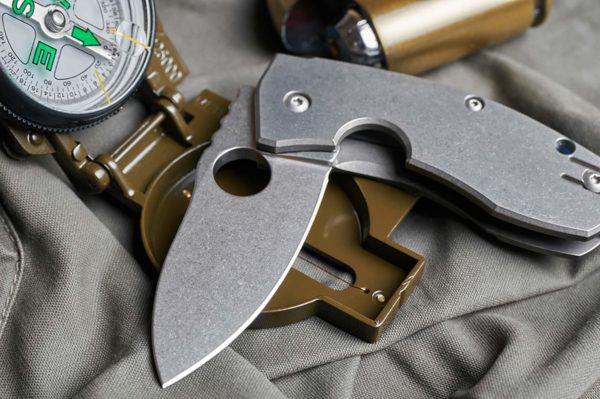
Read More
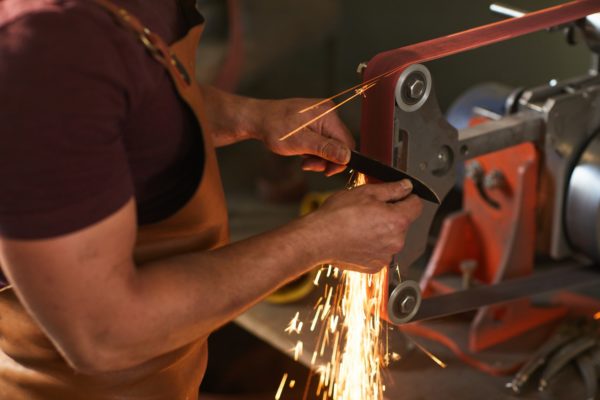
Read More
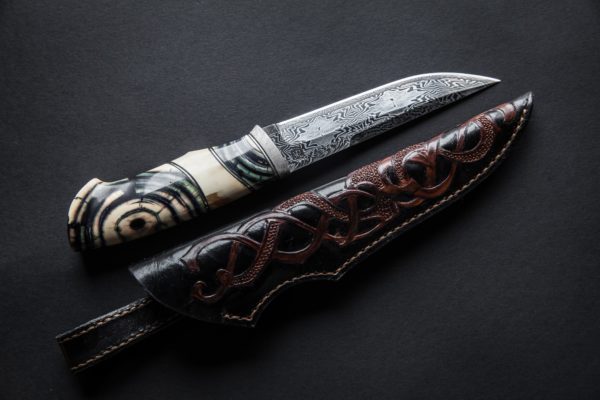
Read More
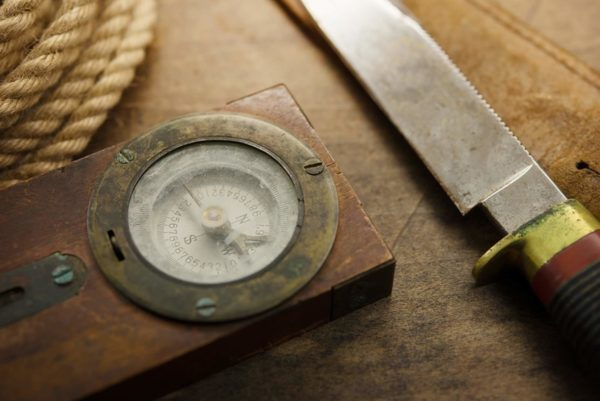
Read More

